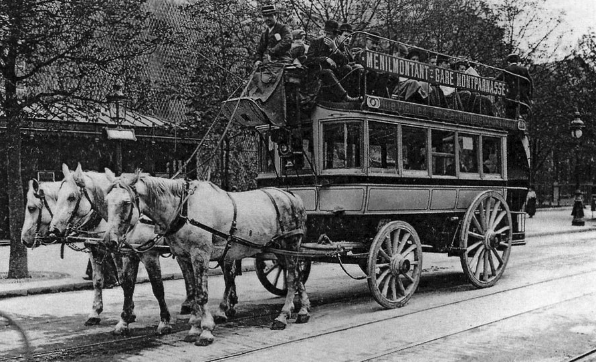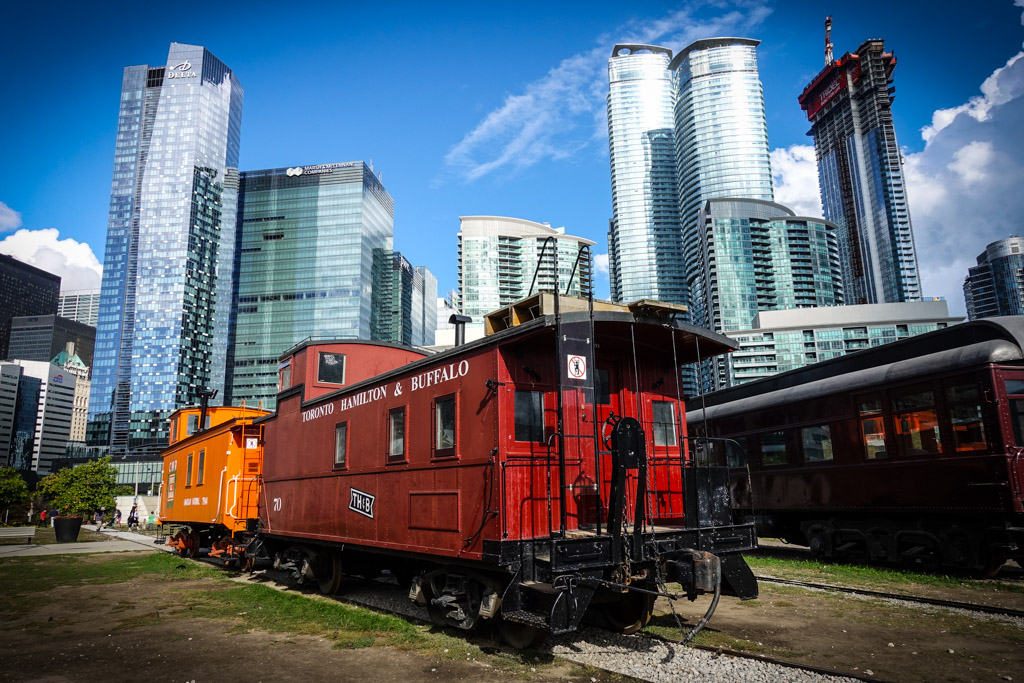The streetcar is one of the first forms of transportation that appeared in Toronto. Thousands of local residents have been using it since the 18th century. Over the years, the city has developed a transport system consisting of a large number of routes. Streetcars run on a road track alongside cars and move between stops just like buses. Learn about how they appeared in the city, where the first streetcar lines were laid and much more at toronto-future.
Toronto’s first streetcars: when did they appear and what did they look like?
Streetcars had begun running throughout Toronto long before the subway appeared. They were the main form of public transport until 1894. According to historical records, in 1861, the local government issued a thirty-year transit franchise for the city’s railway because the main bus line was heavily overloaded with cars. Thus, the first railroad running from Yorkville City Hall to the St. Lawrence Market was opened on September 11, 1861. In addition, the Toronto Railway Company appeared in Toronto. It bought a franchise to provide streetcar services to local residents for the next 30 years. This marked the creation of the streetcar system in Toronto.
At the end of the 80s, the company bought the first carriages with the help of state funds. In addition, it began to build streetcars and additional railway lines. Some of them were laid outside of Toronto.
In 1861, the Toronto Railway Company decided to launch horse-drawn streetcars instead of omnibuses (the first city transport). Back then, they looked completely different compared to modern ones and were simply equipped. Some of them were slightly larger and others were smaller in size. At first, streetcars could accommodate only up to 30 people.
Thus, passengers had an opportunity to get to their destination faster sitting in a compartment with wooden seats with wide windows. At that time, trams resembled modern double-deckers. Some of them had a roofless second floor, which could be reached by stairs. In 1884, the company created several dozen different models of streetcars, which replenished the transport network.

Development of the streetcar system in 20th-century Toronto
The new form of transportation quickly became popular in Toronto. Since then, the small town began to turn into a metropolis. By 1921, the city acquired five new streetcar lines, which were connected with one interchange. At the time of the construction of the last line, there were five streetcar routes in the city. Some of them operated only within the city limits, while others went outside.
Passengers paid 2-15 cents of fare, depending on the length of their route. In the 1990s, they voted to buy out the Toronto Railway Company after the franchise expired and set up a city streetcar committee. Thus, the system was managed by three citizens appointed by the Toronto government. When the franchise expired, they took control of streetcars on all lines.
The founders of the Toronto Railway Company said they agreed to sell the company for $32 million, but the mayor of Toronto opposed it. In his opinion, this price was too high and offered to buy it for $12 million. So, the founders of the railway company realised that they wouldn’t be able to sell it for more money and agreed to the offer. By 1923, other companies that owned streetcars were bought out as well. All rail lines were thus consolidated and administered by the Toronto Transit Commission.
In 1938, a network of PCC-type streetcars was created in Toronto and the carriages were technically improved. Instead of open-top wooden compartments, passengers rode in single-decker transport with metal covering, steel wheels and narrow windows on different sides. Some of them are presented in the Toronto museum under the open sky next to the skyscrapers.

After World War II, the Toronto government began to abandon streetcar systems. In the 1950s, it was replaced with buses. The city authorities planned to eliminate the old railway routes since the streetcars were considered an obsolete form of transport. However, they were left in the city. Keeping that network was considered to be a profitable solution in the long term due to the significant increase in population.
The construction of streetcar railways resumed only in 1989. Some of them appeared in the downtown and on the outskirts of the city. In addition, bus stops were located near them. Torontonians distinguished streetcars by the names of the streets they ran on. Soon, they acquired a screen naming the route.